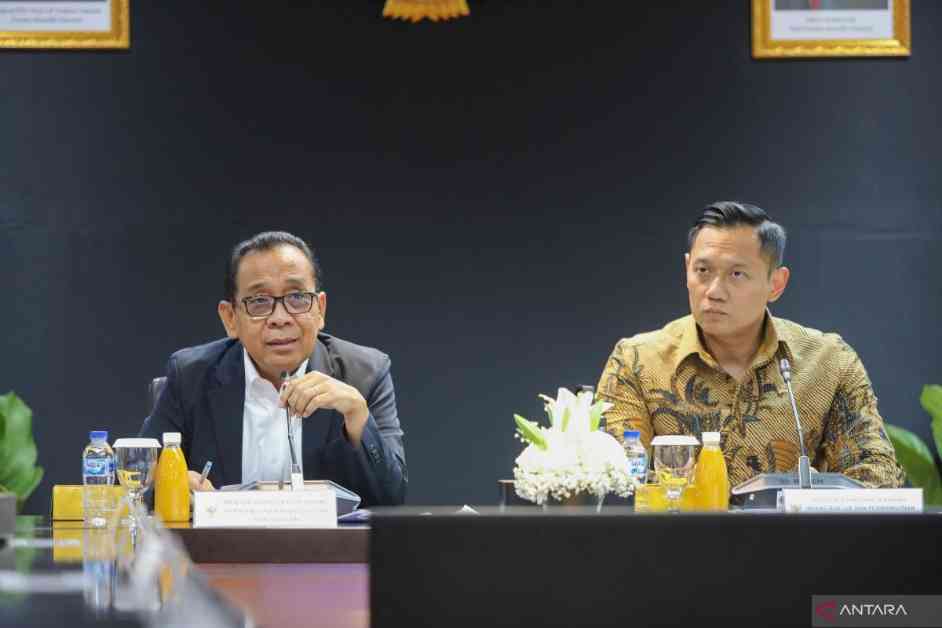Minister Calls for Strengthening Infrastructure to Reduce Disaster Impact
Jakarta – In a recent press conference, Coordinating Minister for Human Development and Culture, Pratikno, emphasized the urgent need for a collective effort to bolster infrastructure in order to minimize the impact of disasters on communities. This call to action comes after a coordination meeting with Coordinating Minister for Infrastructure and Regional Development, Agus Harimurthi Yudhoyono, in Jakarta on Tuesday.
Risks of Natural Disasters in Indonesia
Pratikno highlighted the significant risks posed by natural disasters such as extreme weather events, landslides, floods, volcanic eruptions, earthquakes, and tsunamis in Indonesia. These risks are exacerbated by the country’s geographical location in the Ring of Fire, making it particularly vulnerable to such calamities. According to the latest data from the National Disaster Mitigation Agency (BNPB), Indonesia experienced over 5 thousand disasters in 2024 alone.
Urgent Need for Infrastructure Strengthening
The BNPB reported that in the past year, 95 bridges and 26 embankments were severely damaged due to these disasters, marking a significant increase from previous years. Requests for rehabilitation and reconstruction targeting these critical infrastructure components have been recorded, underscoring the pressing need for proactive measures to reduce disaster risks and enhance the resilience of infrastructure.
Link Between Infrastructure and Public Health
Pratikno emphasized the crucial connection between reducing disaster risks, bolstering infrastructure, and improving public health and educational equity. These efforts are aligned with the government’s human resources creation program, which aims to cultivate a skilled workforce and enhance societal well-being. Collaborative support from the Coordinating Ministry for Infrastructure and Regional Development is sought to develop innovative strategies for designing resilient houses, bridges, roads, and other public facilities that can withstand potential disasters in the future.
In conclusion, the task of creating excellent human resources necessitates the concerted efforts to strengthen infrastructure, as highlighted by Pratikno. By investing in disaster-resilient infrastructure, Indonesia can mitigate the impact of natural disasters and pave the way for sustainable development and societal progress.






















